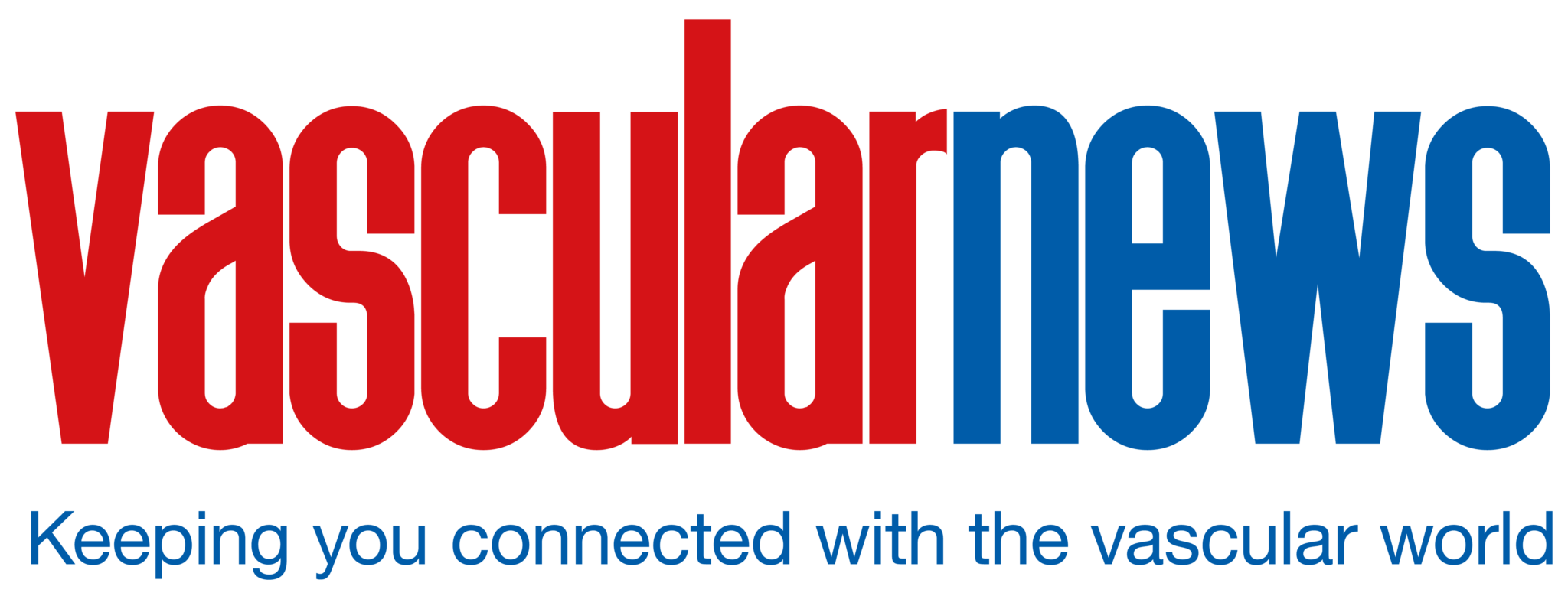At MEET 2005 Patrice Bergeron and Klaus Mathias chaired a luncheon symposium organised by the Eurocast Registry, the only online European registry on carotid endovascular procedures.
The opening presentation was given by Dr Georges Saad of the Centre Hospitalier R©gional La Citadelle in Li̬ge, Belgium, who discussed how Eurocast was a unique opportunity to optimise practice in carotid stenting. He described the advantages of a registry as collecting data in a homogenous manner; being able to monitor the state of patients after the procedure and to do long term follow up plus later analysis; and for providing a unique opportunity to have a big number of patients, allowing statistical analysis. Other advantages were comparison of therapy – showing retrospectively the best indications and the best procedures – and quality management and control, allowing comparison of centres to see which centre or physician has the best results under the same conditions.
Marc van Sambeek of the Departments of Vascular Surgery and Radiology, Erasmus MC Rotterdam, The Netherlands, followed Saad with a presentation on Hemodynamic complications during carotid stenting. Thanks to hemodynamic information included in the Eurocast data, he said that hemodynamic instability could be a major cause of complications during carotid artery stenting (CAS). Abolishment of hemodynamic instability could be a major step forward, Sambeek said, and further investigation is necessary. He also concluded that CAS may be a safer procedure than Carotid Endarterectomy (CEA) in patients in whom exaggerated catecholamine responses may be deleterious, such as those with a high grade carotid artery stenosis and associated coronary artery disease.
The Eurocast registry then invited Dr Ted Diethrich of the Arizona Heart Institute to present the CARESS (CArotid Revascularization with Endarterectomy or Stenting Systems) trial. He said the CARESS phase I study suggests that 30-day and one-year risk of death, stroke or MI with CAS is equivalent to CEA in symptomatic and asymptomatic patients with carotid stenosis. The phase I study was held over 14 clinical centres in the US. Three hundred and ninety-seven patients were enrolled, with 254 treated with CEA and 143 with carotid stenting systems (CSS). Enrolment criteria included a symptomatic stenosis greater than 50% and asymptomatic stenosis greater than 75%. Combined death/stroke at 30 days was 3.6% for CEA vs. 2.1% for CAS, and at one year was 13.6% CEA vs. 10% CAS. The combined death/stroke or MI 30 days was 4.4% CEA vs 3.1% CAS, and for one year 14.3% CEA vs. 10.9% CAS. Diethrich finished by saying CARESS is needed for proof of common practice patterns, and may be the ultimate answer to CMS reimbursement in the US.
Dr Michael H. Wholey of the University of Texas, San Antonio, US, presented on the fifth update of global carotid stent registry (done in 2003). The objective of the global carotid stent survey was to assess carotid artery stent placement. It was held across 53 centres surveyed worldwide. The survey was initially done in June 1997, then updated yearly. Wholey concluded that carotid stenting had excellent technical success – 98.9% in 11,243 patients. He added that early cerebral protection results were encouraging and competitive against CEA (NASCET, ACAS). Wholey finished by announcing that a new updated survey was coming.
This luncheon session presented to 50 attendees the numerous advantages offered by carotid endovascular registries, especially with regards to data collection and analysis. This turns out to be a highly valuable tool for auto-evaluation and technique assessment. Together with randomised studies and international trials, carotid stenting registries may carry definite clues to the long-term value of carotid stenting.
The Eurocast registry can be visited at www.euro-cast.org












